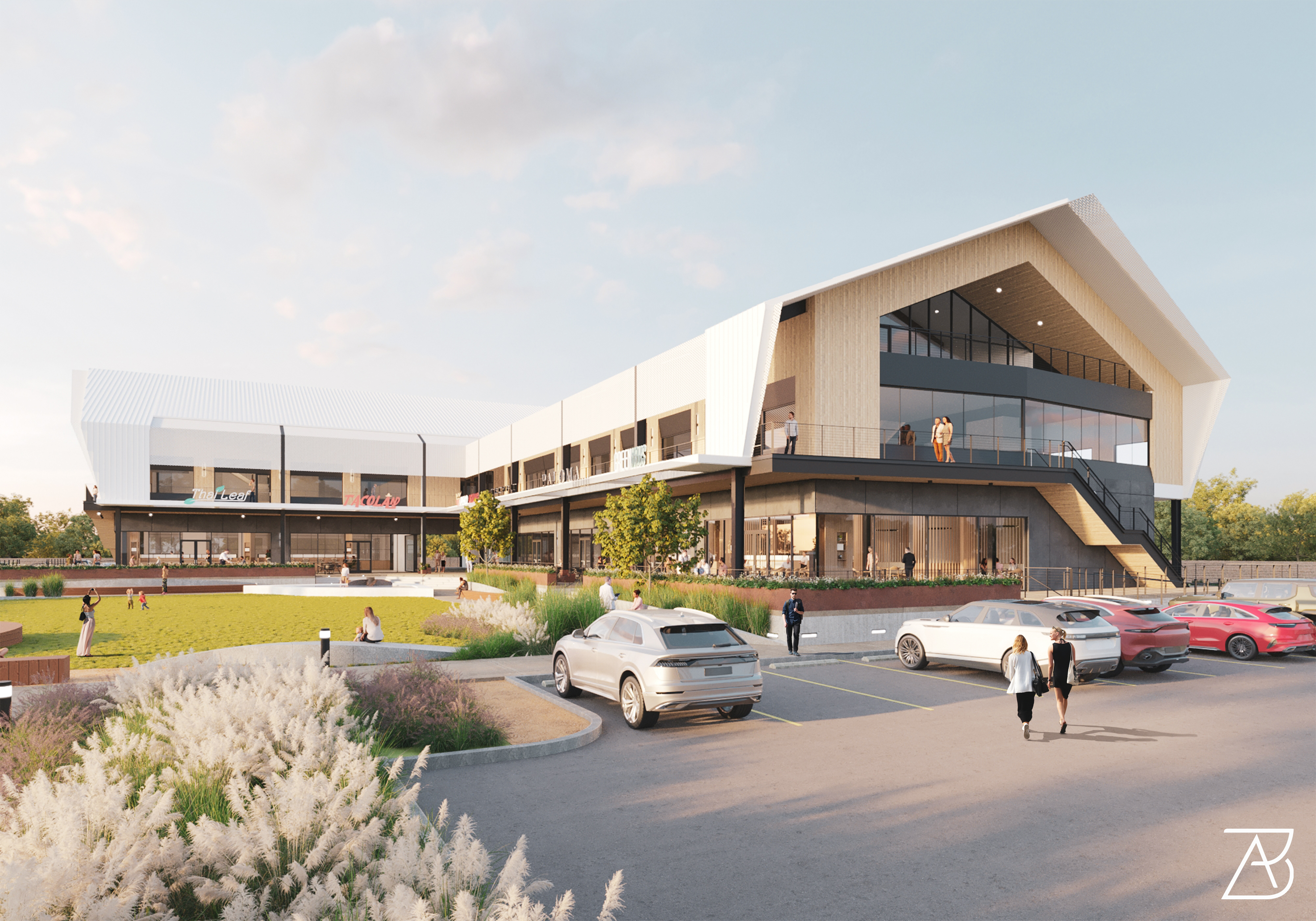
Are office spaces relevant after Covid?
As the world navigated the seismic shift brought about by the COVID-19 pandemic, one of the most widely debated topics has been the future of office spaces. With remote work becoming the norm for many during the height of the pandemic, questions arose about the necessity and relevance of physical office environments. However, as we slowly move past the pandemic, it becomes increasingly apparent that office spaces retain their significance in ways that go beyond mere functionality.
The past few years have witnessed a remarkable transition in work culture. The sudden embrace of remote work revealed its potential and flexibility. Many found they could be productive and efficient from the comfort of their homes, leading to discussions about the obsolescence of traditional office spaces.
However, the notion of the office being rendered obsolete might be premature. Rather than fading into irrelevance, the office space is evolving. It’s not just a physical location for work but a space that fosters collaboration, innovation, and the cultivation of corporate culture.
Human Connection and Collaboration:
While technology enables virtual meetings and communication, the essence of spontaneous interactions, brainstorming sessions, and the exchange of ideas often thrives in a physical office environment. Face-to-face communication allows for nuances that can be lost in digital exchanges, fostering a sense of connection and collaboration that’s vital for creativity and innovation.
Corporate Culture and Team Building:
The physical office is a crucial element in building and maintaining a strong corporate culture. It serves as the hub for shared experiences, team-building activities, and the embodiment of an organization’s values. Being in a physical space allows employees to feel a sense of belonging and dedication to the company’s mission.
Mental Health and Work-Life Balance:
Remote work has undoubtedly offered flexibility, but for many, the boundaries between work and personal life have blurred. The physical office provides a clear separation, allowing individuals to better manage their time and mental well-being. Commuting, for instance, though often seen as a hassle, can serve as a transition period, mentally separating work from personal life.
Professional Development and Mentorship:
The office is a space for learning and growth, where young professionals learn from more experienced colleagues through observation and informal interactions. Mentorship and professional development often thrive in a physical workspace, enhancing the skill sets of employees.
It’s important to note that the future isn’t a binary choice between remote work and the traditional office. The ‘hybrid’ model, a blend of remote and in-office work, seems to be the probable future. This model combines the advantages of remote work with the irreplaceable benefits of a physical office space.
The pandemic acted as a catalyst, forcing us to reimagine how we work and the role of physical office spaces. It’s clear that the office isn’t going away but rather transforming into a more purpose-driven, dynamic environment that complements the evolving nature of work.
Below are several ways that Architecture can improve the office environment and attract employees back to the office.
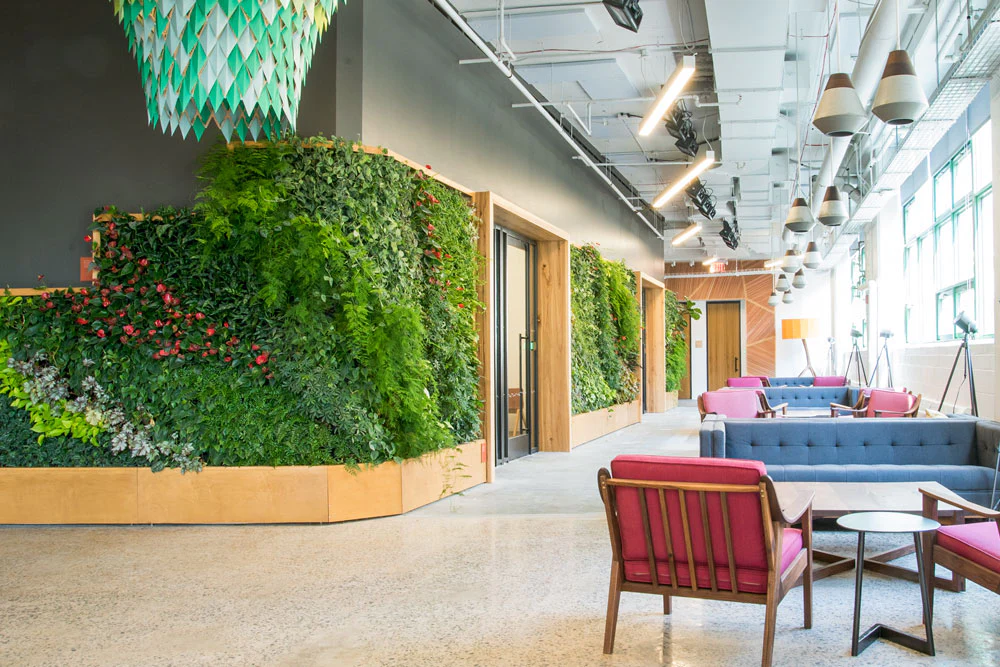
Biophilic Design:
Incorporating elements of nature within the office space can significantly enhance the environment and attract employees. Biophilic design integrates natural elements such as plants, natural light, water features, and green spaces. These elements not only create a visually pleasing ambiance but also contribute to improved air quality, reduced stress levels, and increased productivity. Spaces with ample natural light, indoor plants, and even outdoor areas for relaxation or work can help employees feel more connected to nature and create a more inviting workspace.
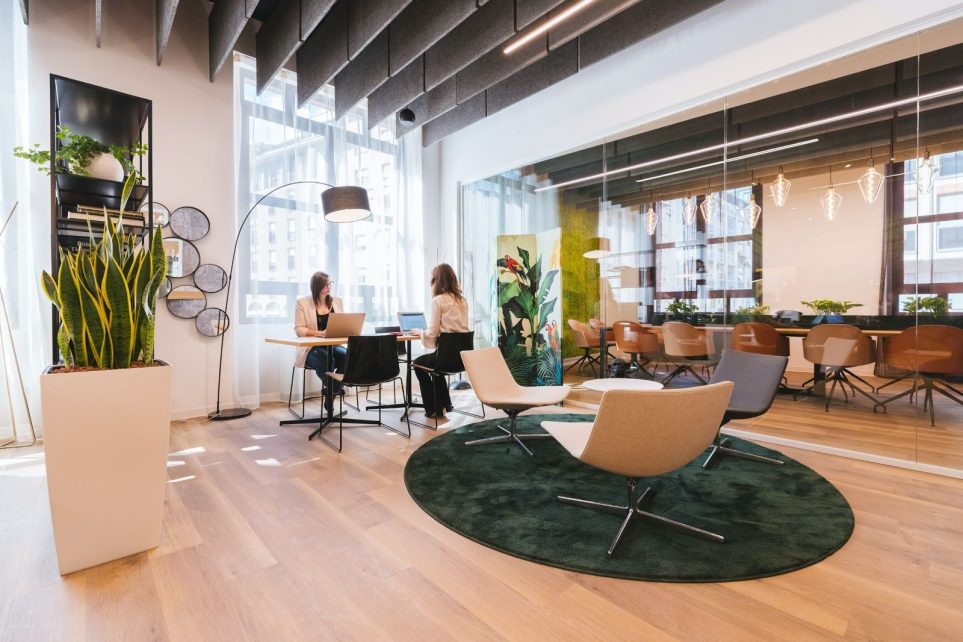
Flexible and Adaptive Spaces:
Modern offices should be designed to accommodate various work styles and preferences. Flexible architecture allows for versatile spaces that can be easily reconfigured to suit different tasks and preferences. For instance, open-plan areas can be complemented by private work booths, collaborative zones, relaxation areas, and standing desks. Adaptable architecture allows employees to choose the workspace that best suits their current tasks, boosting productivity and comfort.
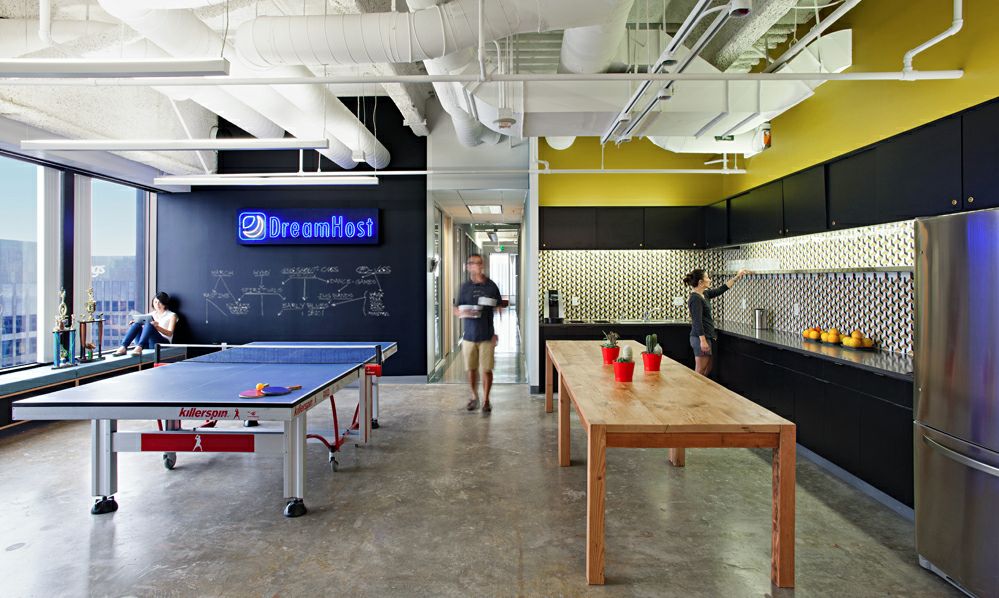
Enhanced Amenities and Facilities:
Architecture that integrates convenient and high-quality amenities within the office environment can be a significant draw for employees. This could include on-site cafes, fitness centers, recreational areas, and relaxation spots. Access to amenities like these can encourage social interactions, wellness, and convenience, making the office a more appealing place to spend time beyond the traditional work setting.
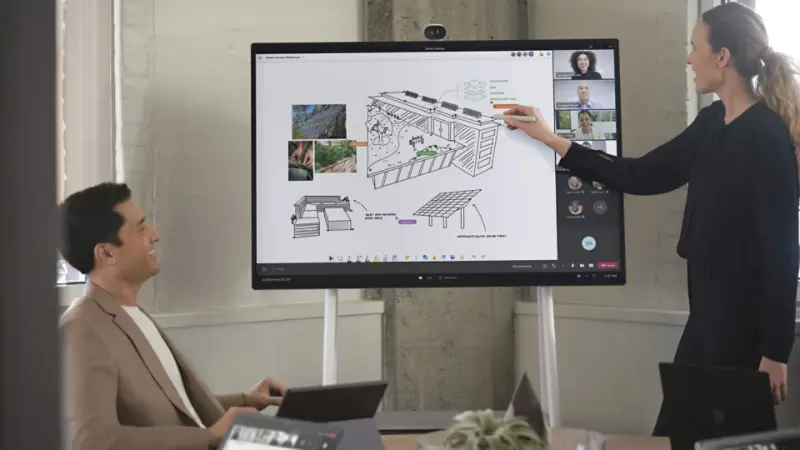
Technology Integration:
Modern architecture should seamlessly integrate technology to support the evolving needs of the workforce. This could involve smart building systems, efficient Wi-Fi and connectivity, interactive displays, and advanced audio-visual equipment. A technologically advanced office space not only improves productivity but also creates an environment that aligns with the expectations of a tech-savvy workforce.
The need for a place to come together could not be more apparent in this day and age. The World is changing fast, and the office market has to keep up and be innovative. If done correctly, an office space is critical for people to have better metal health and place of belonging – it is relevant.
